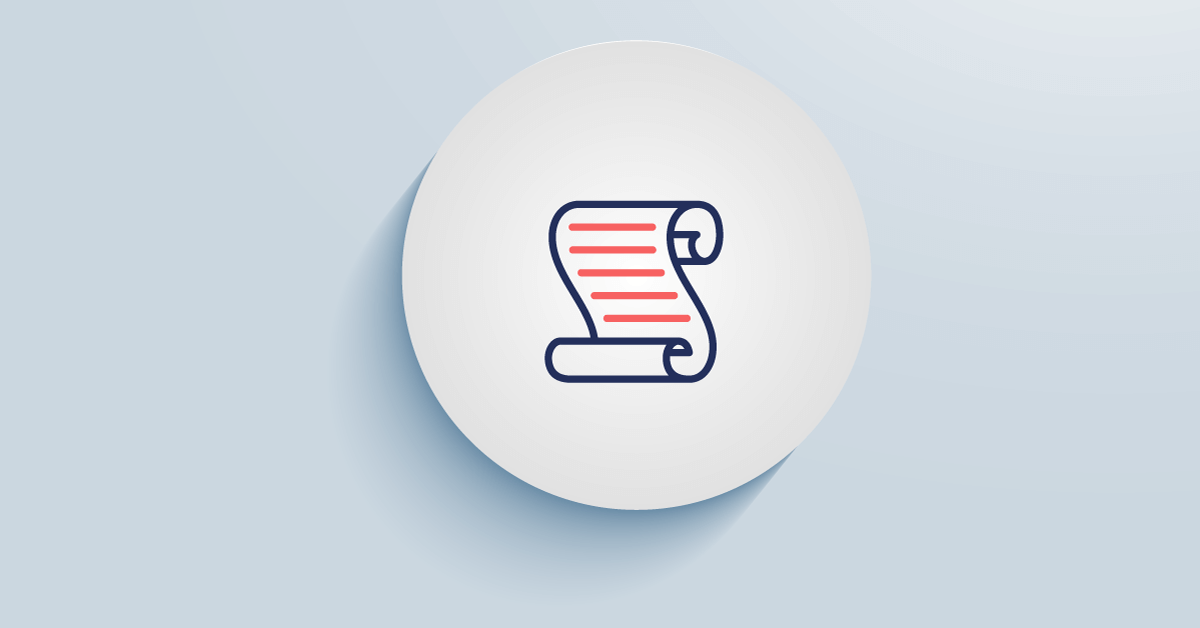Contents
What is MDL?
Multidistrict litigation (MDL) is a type of civil procedure in the United States federal court system. MDL is used when multiple lawsuits are pending against a defendant or defendants, and the lawsuits share common questions of fact.
The MDL process begins when the Judicial Panel on Multidistrict Litigation (JPML) consolidates the lawsuits into one district court. The JPML is a group of seven federal judges appointed by the United States Chief Justice.
Once the lawsuits are consolidated, the district court appoints a lead counsel for the plaintiffs and a lead counsel for the defendants. The lead counsel is responsible for coordinating the discovery and pretrial proceedings of the litigation.
During the discovery phase, the parties exchange relevant information and documents to the case. The pretrial phase includes motion practice, where the parties file motions with the court to resolve legal issues before trial.
If the cases are not resolved during the pretrial phase, they will go to trial in the federal district court, where they were consolidated. The MDL process saves time and resources by consolidating similar cases in one district court.
What is the goal of the MDL lawsuit system?
The goal of creating multidistrict litigation is to consolidate pretrial proceedings in multiple district courts into a single proceeding in one district court. This is done when multiple district courts have pending actions that involve common questions of fact or when a district court is better suited than other district courts to hear the case.
Multidistrict litigation is intended to reduce the cost and delay of pretrial proceedings and to avoid inconsistent pretrial rulings.
There are two types of multidistrict litigation: centralization and coordination.
In centralization, all actions pending in the district courts are transferred to a single district court. In coordination, some actions are transferred to a single district court, while other actions are kept in the district courts where they were initially filed.
MDL litigation is often used in cases involving mass torts, such as product liability or environmental contamination. It is also used in antitrust violations, securities fraud, and patent infringement cases.
What types of cases are tried under MDL litigation?
There are several reasons why cases may be consolidated under an MDL. The most common reason is that the cases involve common defendants and common issues of fact. This allows for greater efficiency in the litigation process, as the parties only have to litigate the common issues once.
Additionally, MDLs may be used to consolidate cases filed in different districts but involving common law issues. This allows for a more uniform interpretation of the law and can avoid conflicting decisions.
MDLs are typically used in mass tort cases, where many plaintiffs have been injured by the same product or course of conduct. By consolidating the cases, the MDL judge can manage the cases more efficiently and avoid duplication of effort.
The MDL system is commonly used in class action cases, where many plaintiffs have similar claims against a defendant. In these cases, the MDL judge can oversee pretrial proceedings and discovery for the entire class, rather than having each plaintiff litigate their individual lawsuits.
If you have been injured by a defective product or feel you have been the victim of an ongoing mass tort case, you may be able to participate in an MDL. These cases can be complex, and it is important that you are represented by a legal team that understands the underpinnings of the MDL system.
Some types of cases that are tried under MDL include:
- Dangerous medicines, defective medical devices, and other product liability claims
- Airplane crashes
- Securities fraud
- Intellectual property infringement
- Employment discrimination
More recently, MDL has been used in several high-profile injury cases, including:
- Roundup cancer class action
- Hernia mesh injury
- Mesothelioma injury caused by asbestos
How does multidistrict litigation work?
The consolidated MDL action works by transferring the case to a single judge for pretrial proceedings. The main goal of MDL is to increase efficiency in the judicial system by reducing the large numbers of duplicate discovery processes and avoiding conflicting pretrial rulings.
MDL proceedings are governed by Rule 20 of the Federal Rules of Civil Procedure and 28 U.S.C. 1407. The Judicial Panel on Multidistrict Litigation (JPML) oversees and coordinates MDLs.
An MDL can be formed in one of two ways. The first way is for the JPML to sua sponte consolidate similar cases, which essentially grants an act of authority where no request has formally been made. The second way is for a party to file a motion with the JPML requesting consolidation.
Once an MDL is formed, the cases are transferred to a single district court where the MDL judge presides. The MDL judge oversees all aspects of the consolidated case, including pretrial proceedings, trial, and appeal.
The MDL process is designed to be flexible, and the MDL judge has significant discretion in managing the consolidated case. For example, the MDL judge may choose to bifurcate the case into separate phases for discovery and trial. The MDL judge may also choose to transfer some cases back to their original district court for trial if it is determined that they are not suitable for consolidation.
The U.S. Congress created the MDL system in 1968 to be fair to all parties involved. Each party is entitled to have their day in MDL court, and the MDL judge ensures that each party is treated fairly and receives a just outcome.
Also Read: What is Comparative Negligence
If you are a personal injury lawyer specializing in plaintiff class action lawsuits you should have a modern case management software like CloudLex – an all-in-one personal injury case management software that provides a bevy of features like legal document mangement, personal injury intake software, law firm task management, legal calendaring software, personal injurt settlement calculator and many more. To know more, request a demo of our platform

